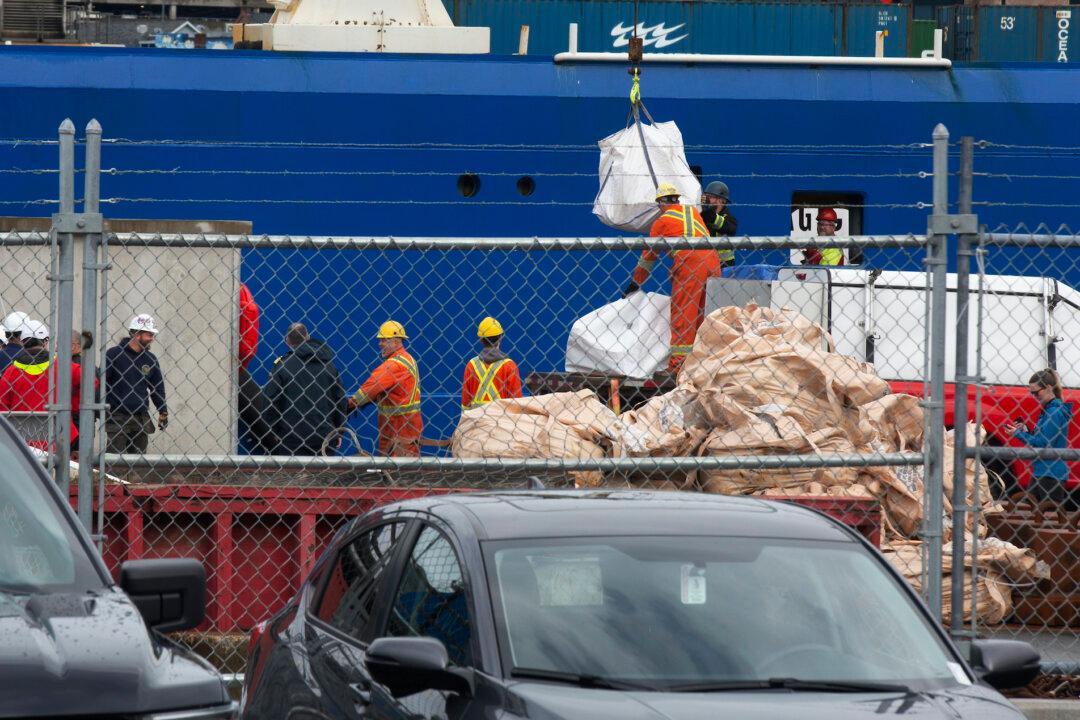The company that operated a failed Titanic exploration trip that killed all five people on board confirmed on July 6 that it’s suspending “all exploration and commercial operations” in response to the deadly incident.
OceanGate announced the decision on its website just weeks after its Titan submersible vehicle imploded during a trip to visit the Titanic shipwreck in the North Atlantic. A previous version of the website shows the company had listed two trips to the Titanic scheduled for June 2024.





